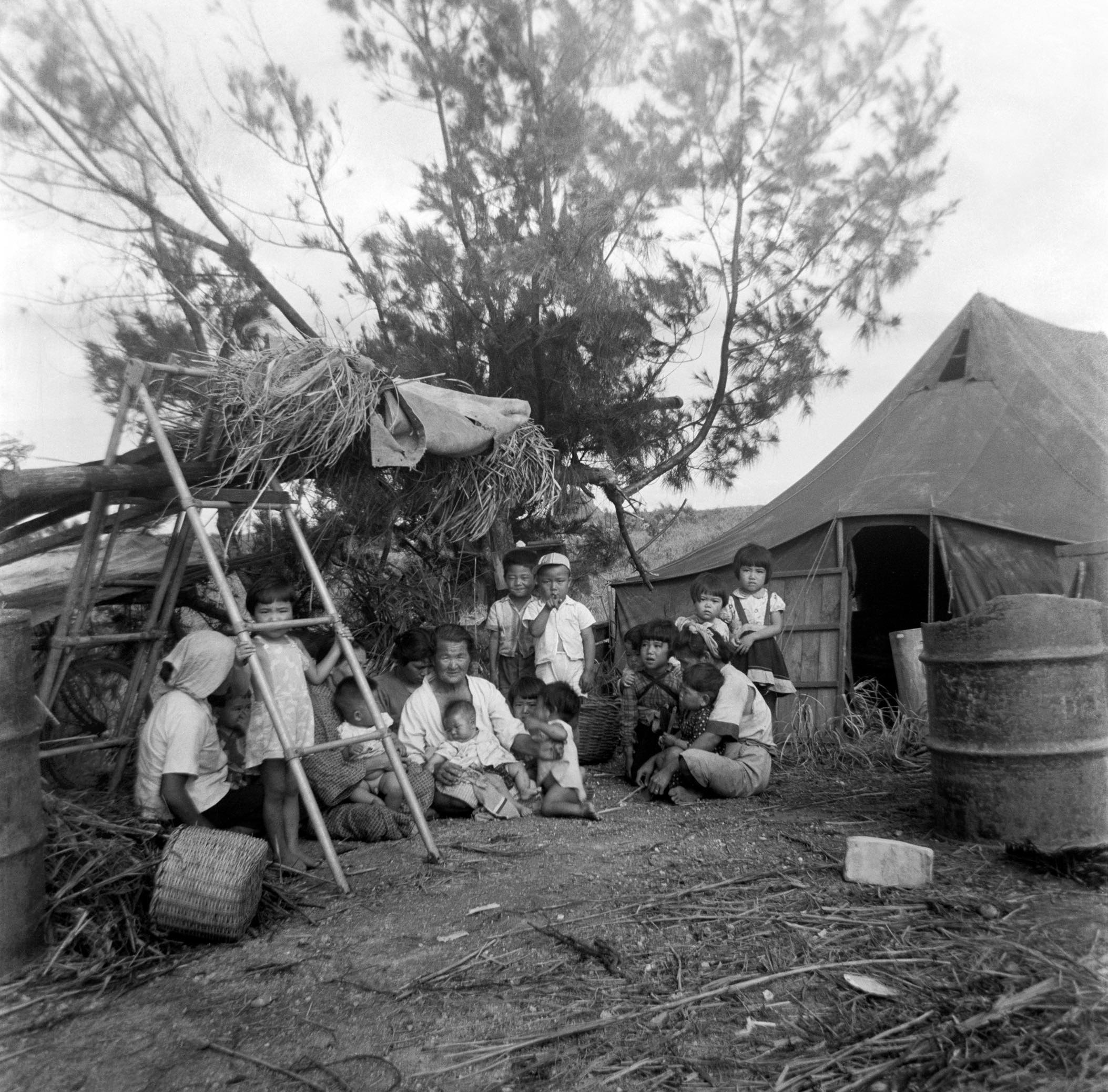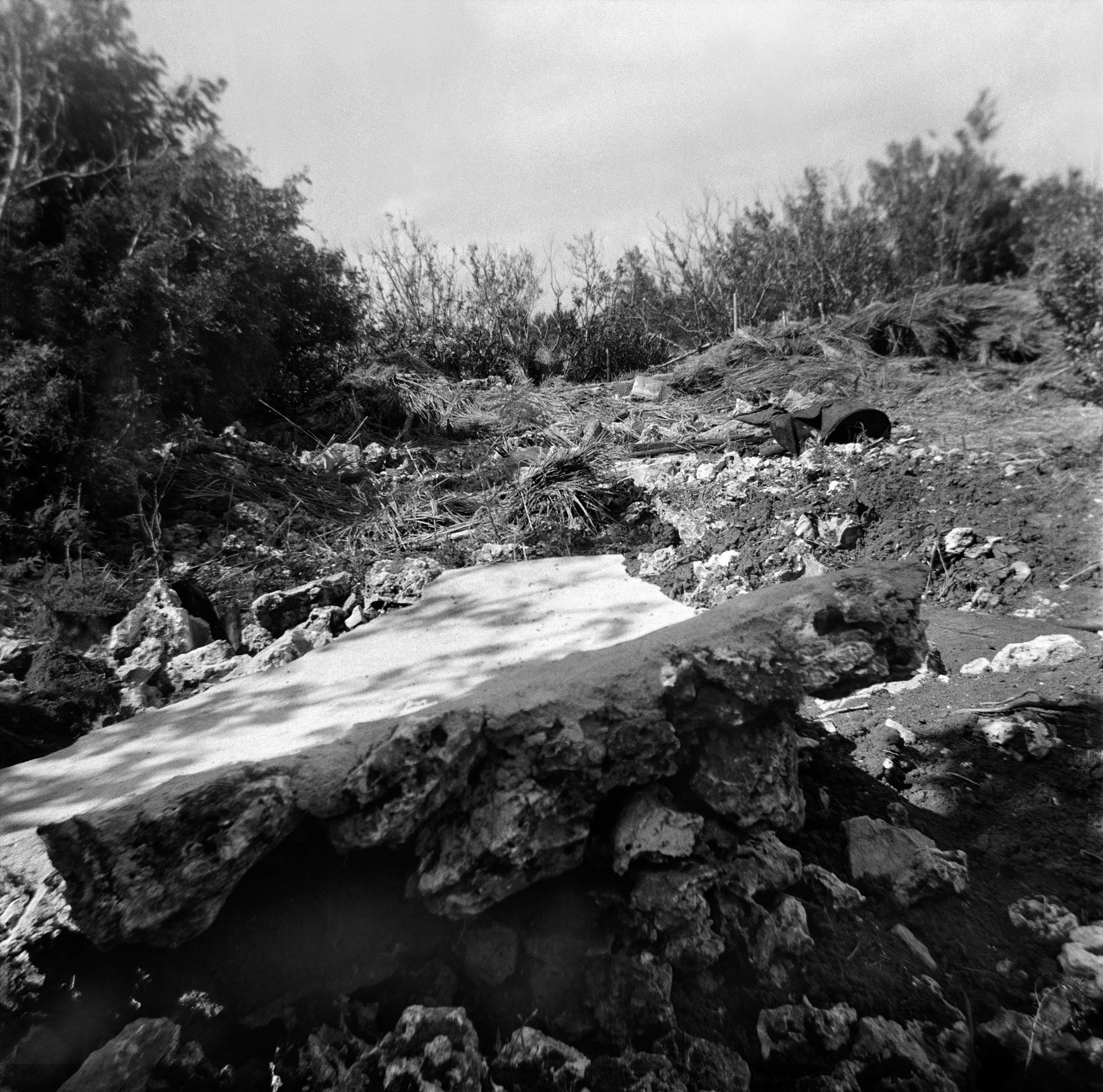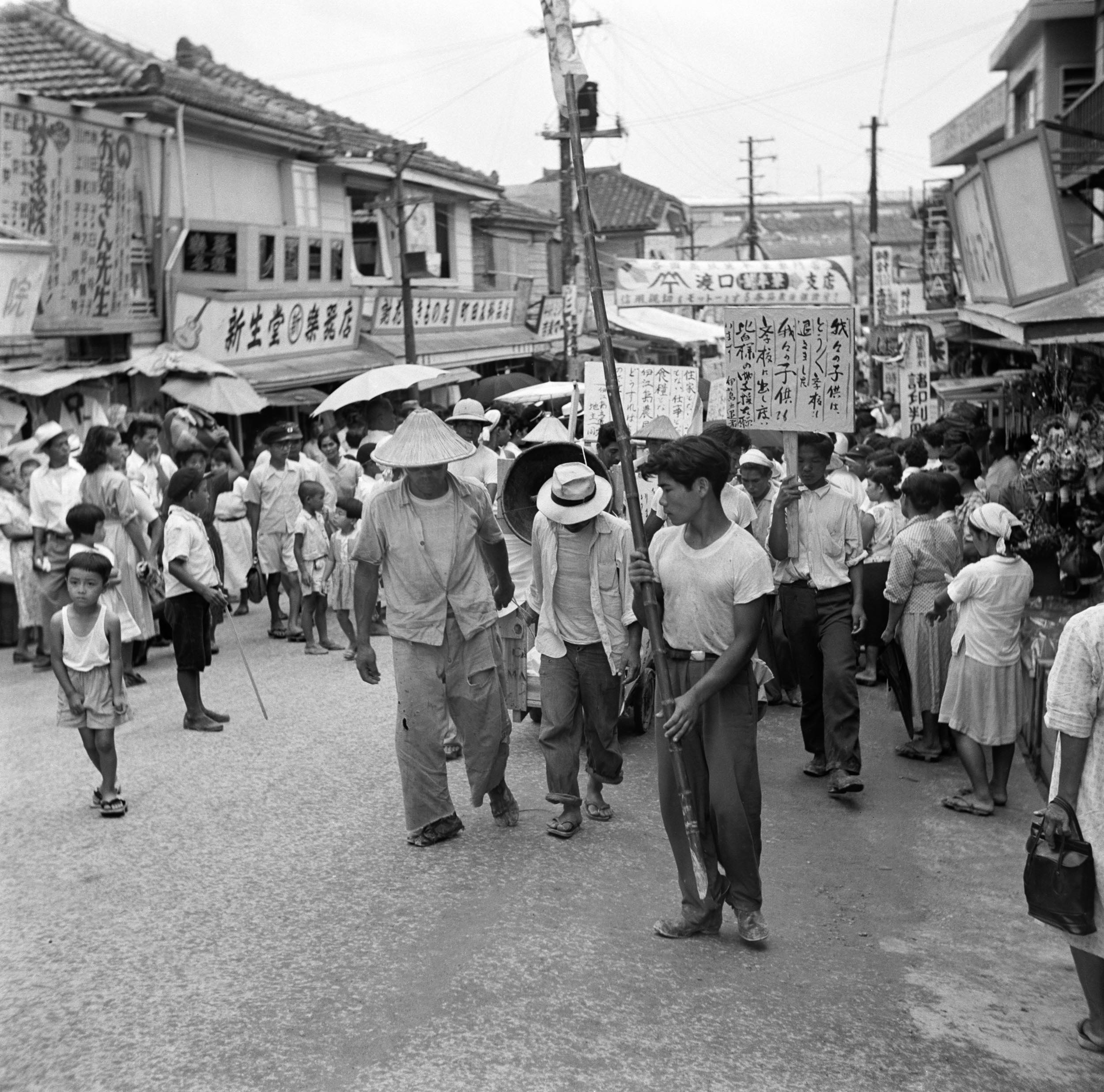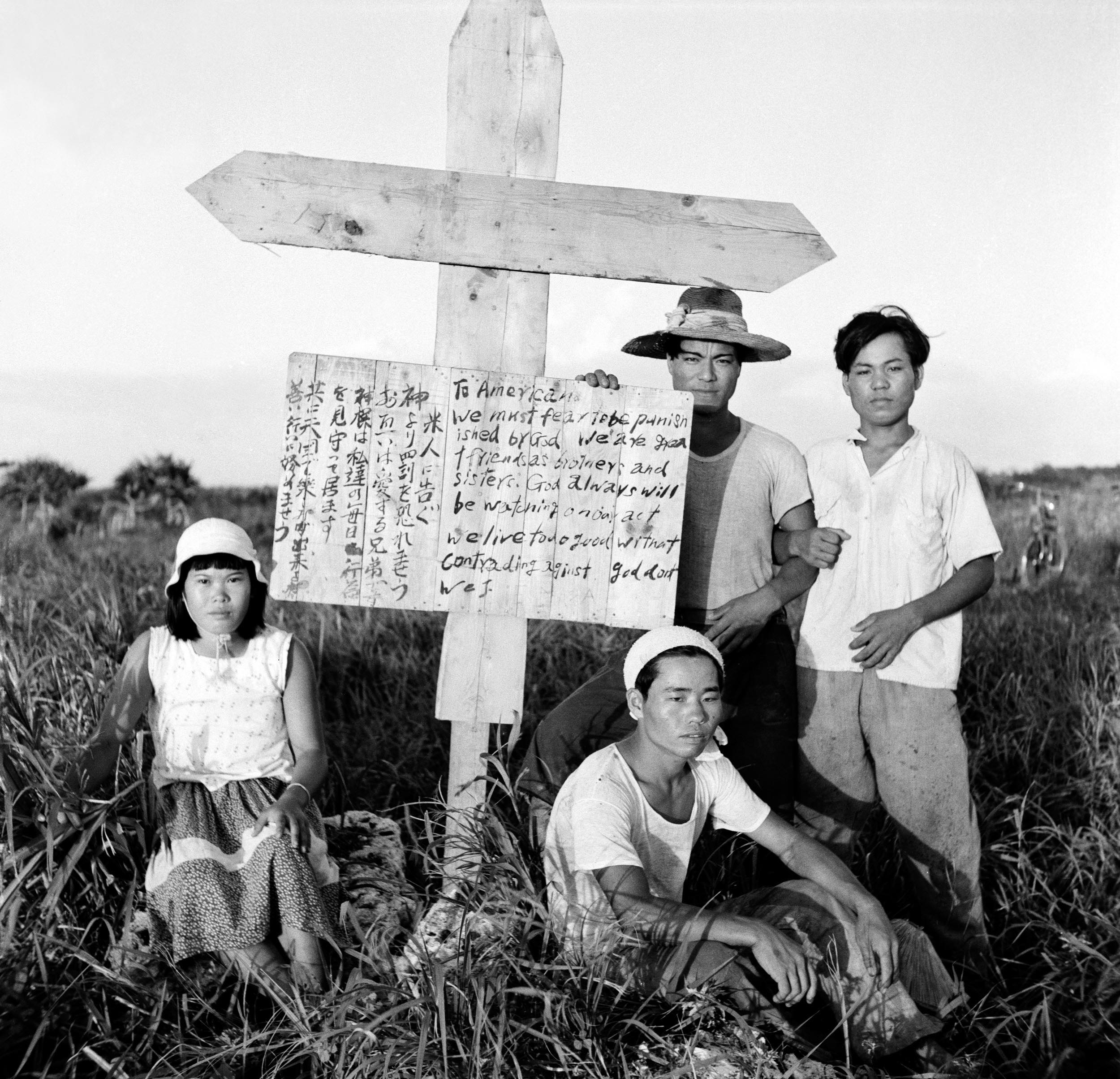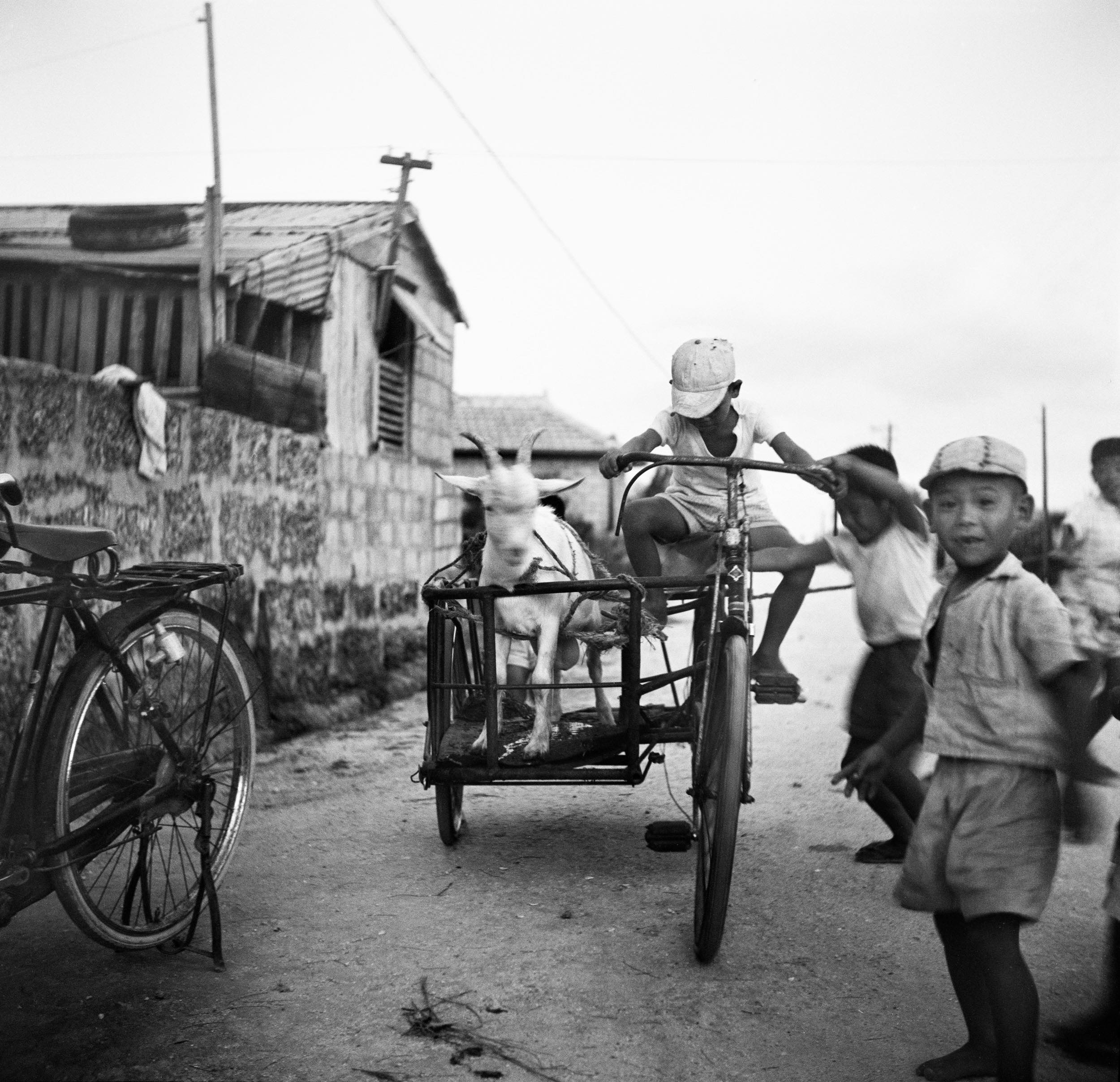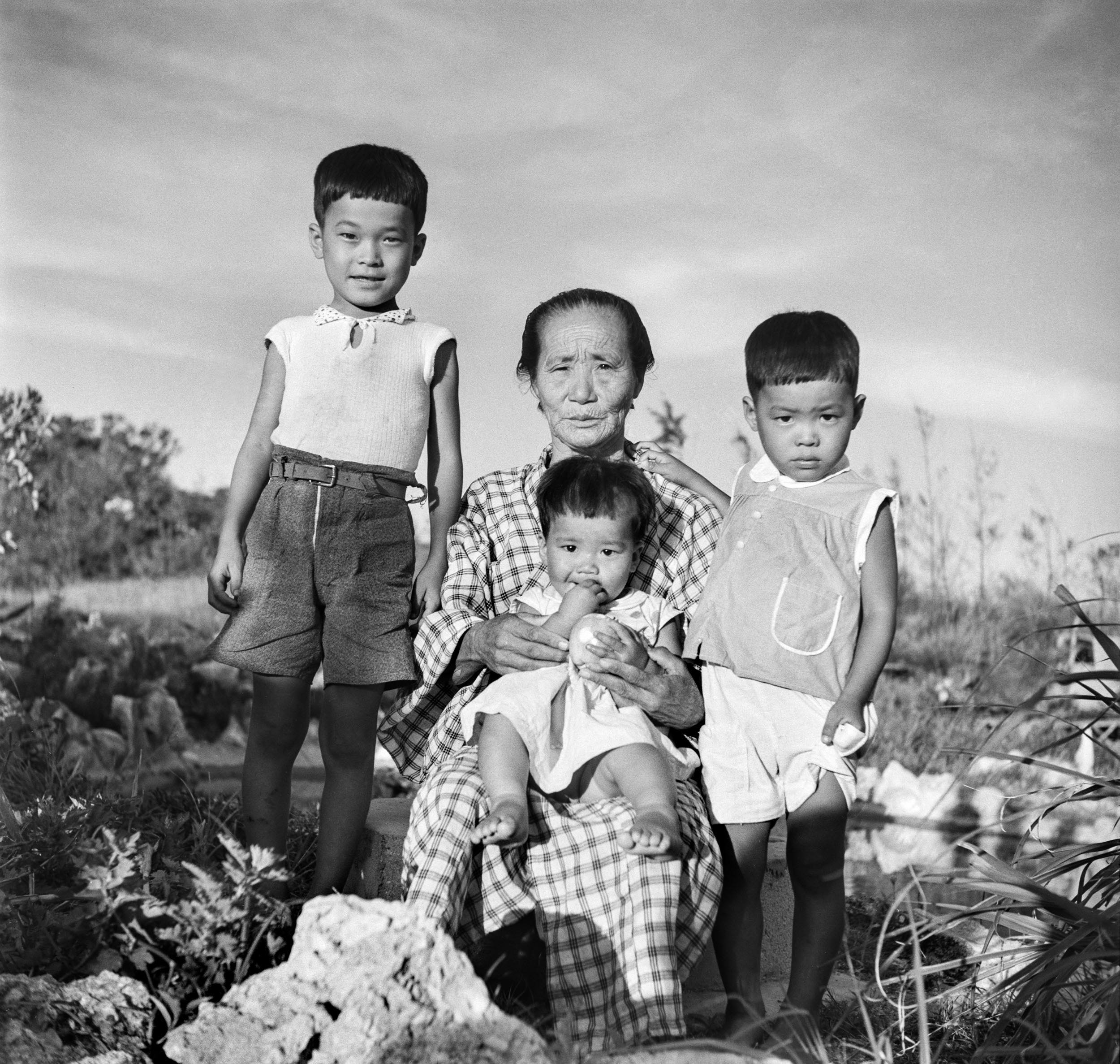AWARDS
The Hidano Kazuemon Award

Reason for award
For his exhibitions such as “Ahagon Shoko: Photography, Resistance, and Island People” (Maruki Gallery For the Hiroshima Panels, Saitama, 2024) and “The Island Where People Live” (Shadai Gallery, Tokyo Polytechnic University, 2024.)
Born in 1901 in Kamimotobu town(now Motobu town,)Okinawa.
AHAGON emigrated to Cuba and Peru before he returned to Japan in 1934. He sought to establish a folk high school on Iejima, Okinawa, but his plans were disrupted by the outbreak of the Battle of Okinawa. During the war, he was sent to multiple internment camps before returning to his home island two years later.
In 1955, the U.S. military expanded its base further, carrying out a land seizure known as “Bayonets and Bulldozers”. AHAGON, alongside local farmers, resisted the confiscation through non-violent means. He began documenting the damage caused by the U.S. military oppression and the firing range practices, using his photographs as a form of resistance. Through initiatives such as the “Beggers’ March” and petitions, he played a significant role in the “Island-wide Struggle” between Okinawan islanders and the U.S. military occupation.
In 1982, he published his only book of photographs “The Island Where Human Beings Live.” His book features numerous portraits of the islanders and snapshots of their daily lives, alongside photographs documenting the struggle. In 1984, he founded Wabiai no sato, a complex facility comprising the anti-war peace museum Nuchi du Takara no Ie and the community center Yasuragi no Ie. He dedicated himself to anti-war and peace activities until his death in 2002.
In 2024, “Ahagon Shoko –– Photography, Resistance, and Island People” exhibition was held at the Maruki Gallery for the Hiroshima Panels in Saitama and the Kyoto Museum of World Peace, Ritsumeikan University in Kyoto. Another exhibition, “The Island Where People Live,” exhibition took place at Tokyo Polytechnic University, Shadai Gallery. In the same year, he was awarded the Sagamihara Photography Award. His works are mainly kept at the Shadai Gallery of Tokyo Polytechnic University and Sagamihara City. He also published his documentary books “Farmers and U.S. Forces – Ie island, Okinawa” (1973) and “Inochi Koso Takara – the Spirit of Anti-War in Okinawa” (1992.)
Artist Statements
Today, nearly 23 years have passed since the death of AHAGON Shoho (1901–2002,) and I feel deeply honored and grateful that his photographs are being recognized with such a prestigious award, here in Hokkaido—so far from Okinawa.
In Okinawa, which remained under U.S. military occupation even after the war, a wave of forced land seizures by the military swept across the islands nearly ten years after Japan’s defeat. One of the places affected was Iejima, a small island located on the western side of northern Okinawa.
As a means of resisting the absurdity of the U.S. military, AHAGON acquired the only camera available on Iejima at the time. He used it to document the reality of the violent land seizures and the damage caused by military exercises.
Even amid the intense struggle over land, AHAGON continued to photograph the island’s everyday life. Among his photos are portraits of many island residents. I believe what he truly sought to protect was precisely this peaceful daily life on the island.
The photographs recognized by this award were also taken between 1955 and the 1960s.
Wabiai no Sato Foundation
JAHANA Etsuko, Chairperson
